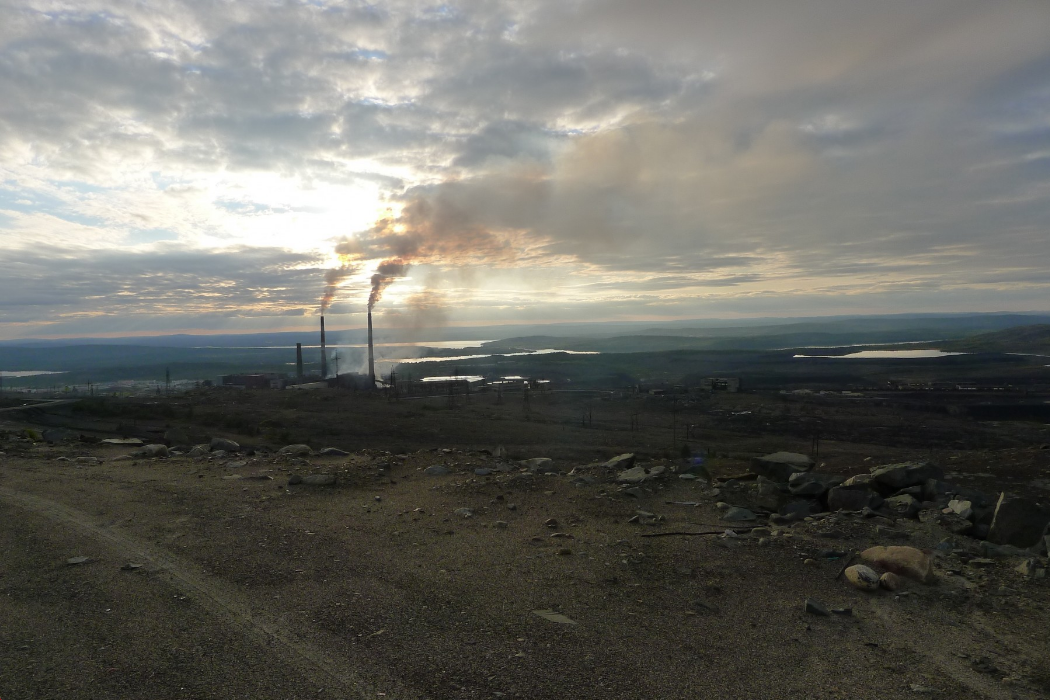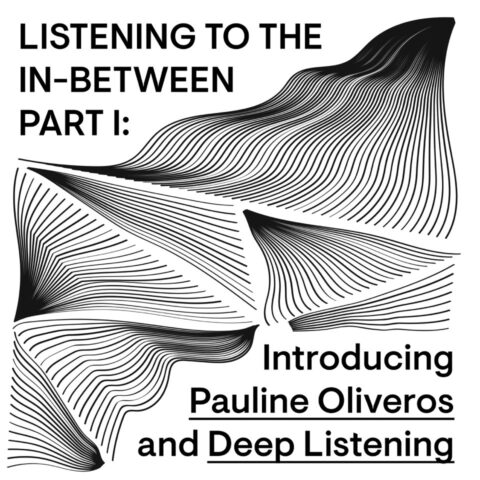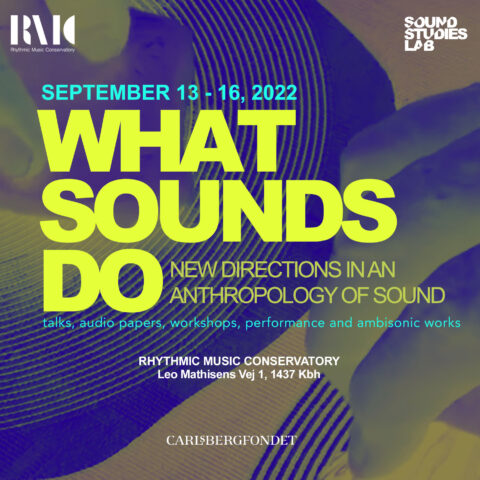
Based on philosopher Timothy Morton’s idea of Dark Ecology, Sonic Acts team has been collaborating with Norwegian curator Hilde Methi between 2014 and 2016 in a rich exploration of territories aimed to embrace Morton’s idea of “ecology without Nature”, which points to a critical perspective towards modern conceptions of nature, as external-based aspect of our reality, thus calling for a new concept which leaves place to an “interconnected ‘mesh’ of all living and non-living objects”.
All this has been developed into the Dark Ecology project, defined as “an international art project that explores the relationship between humans, things and nature, as well as current ideas on ecology”. It has been done in three different journeys and the last just took place in the Norway-Russia border, between 8 to 12 June 2016. It started in Svanvik in the Pasvik River Valley and had a route from there to Nikel and Zapolyarny.
Dark ecology exploration has been done in a wide variety of ways, including commissioned works in the form of installations, performances, concerts and soundwalks, as well as interesting talks, documentation and essays/reflections, all shared across their website, as well as in the new Living Earth book, in which the main ideas and theoretical background is covered, but also art works which are catalogued and showcased, including tons of resources and references from the journeys undertaken to explore dark ecology.
“Living Earth is a 256-page trip with artists, thinkers, curators and other Dark Ecology participants into the dark space of rethinking nature and art, and it also contributes to the contemporary Anthropocene debate. The motivations behind the project and its impact are discussed in the interview with the curatorial team titled ‘Outside the Comfort Zone’, which opens the book. Besides Timothy Morton’s long essay the book contains contributions by Susan Schuppli (‘Dirty Pictures’), and Berit Kristofferson (‘The Workable Arctic of Ice and Oil’), which examine the consequences of the Anthropocene. There is an interview with Heather Davis (‘Queer Kinship’), and in her essay about Margrethe Pettersen’s soundwalk (Living Land – Below as Above), Britt Kramvig builds on the notion of ‘anthropo-not-seen’. Tatjana Gorbachewskaja and Katya Larinadiscuss their research into the interaction between the Arctic environment and the architecture of the Russian mining town Nikel (‘Nikel – The City as a Material’). Graham Harman embarks on an interesting rethinking of Jakob von Uexküll’s influential book A Foray Into the World of Animals and Humans and its notion of environment (‘Magic Uexküll’).”
There’s also a lot of interesting videos in Sonic Acts’ Vimeo page, where diaries, interviews and even full conferences have been uploaded, the most recent dedicated to explore the vast possibilities of dark ecology and new perspectives towards ecology in general, of course giving a deep reflection towards sound, its invisibility and darkness.
More information at Sonic Acts.





